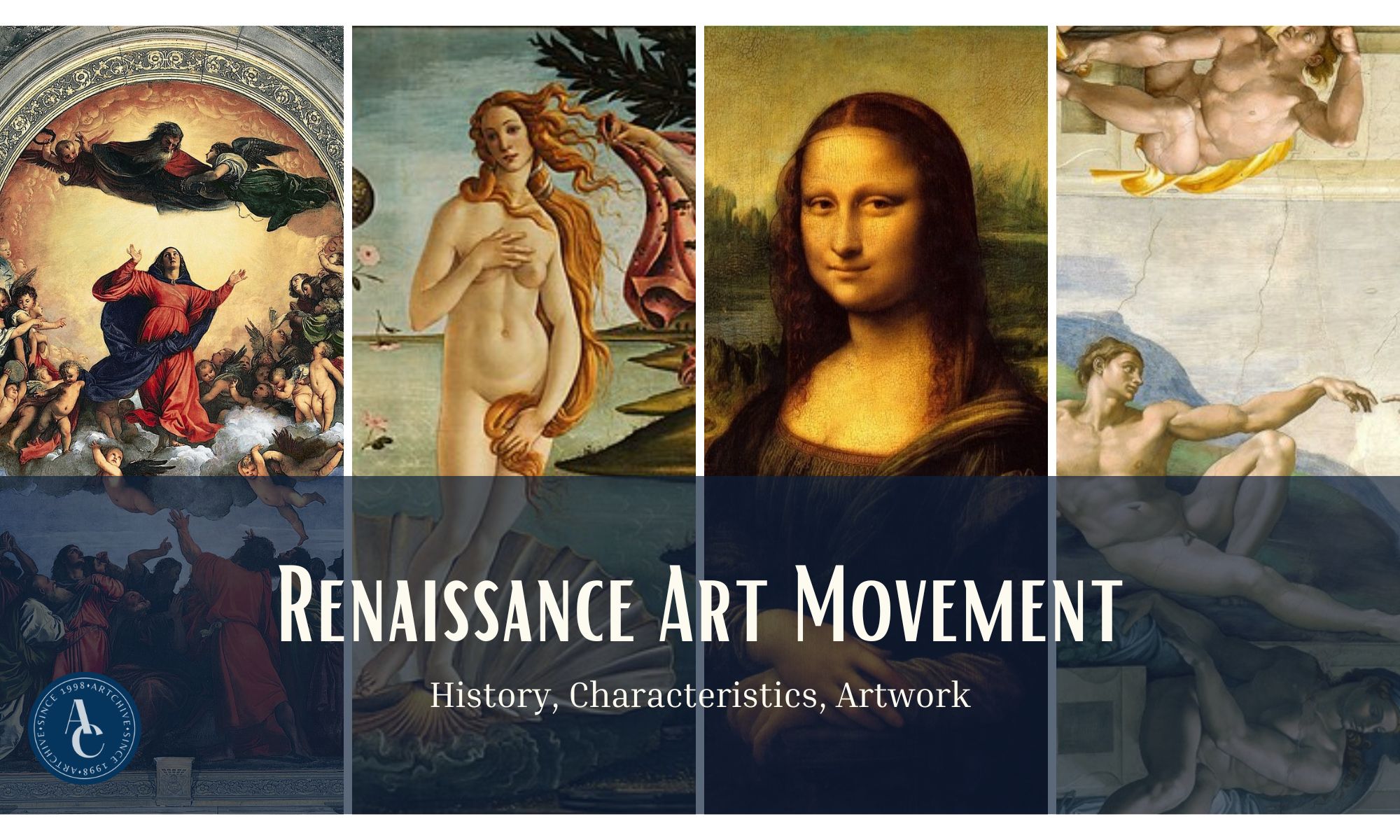Origins and Historical Context
Renaissance art emerged in Italy during the late 13th and early 14th centuries, a period often referred to as the Proto-Renaissance. This era was characterized by a renewed interest in the classical art and philosophy of ancient Greece and Rome. The city of Florence played a pivotal role in this cultural revival, with artists like Giotto di Bondone leading the way in developing more naturalistic and human-centered art forms. (history.com)
Characteristics of Renaissance Art
Renaissance art is distinguished by several key features:
- –
Humanism: A focus on human experience and individualism, leading to more lifelike and relatable depictions of subjects. (
masterclass.com)
- –
Naturalism: Artists aimed to represent the natural world accurately, studying anatomy and employing techniques like chiaroscuro to create depth and realism. (
artenquire.com)
- –
Perspective: The use of linear perspective allowed artists to create the illusion of three-dimensional space on flat surfaces, enhancing the realism of their works. (
nowarc.com)
- –
Classical Influence: Incorporation of elements from ancient Greek and Roman art, including balanced compositions and architectural motifs. (
artenquire.com)
Notable Artists and Works
Several artists epitomize Renaissance art through their innovative techniques and iconic works:
- –
Leonardo da Vinci: Known for masterpieces like the Mona Lisa and The Last Supper, Leonardo's work exemplifies the use of perspective and anatomical accuracy. (
history.com)
- –
Michelangelo: Renowned for his sculptures such as David and his frescoes in the Sistine Chapel, Michelangelo's art reflects a deep understanding of human anatomy and dynamic composition. (
history.com)
- –
Raphael: Celebrated for his harmonious compositions and clarity of form, as seen in works like The School of Athens. (
history.com)
Regional Variations
While Italy was the epicenter of the Renaissance, the movement spread across Europe, leading to regional variations:
- –
Northern Renaissance: In regions like the Low Countries, artists such as Jan van Eyck developed oil painting techniques that allowed for intricate details and vibrant colors. (
en.wikipedia.org)
- –
French Renaissance: French artists blended Italian influences with Gothic traditions, producing unique works in painting and architecture. (
en.wikipedia.org)
Architectural Developments
Renaissance architecture emphasized symmetry, proportion, and the use of classical elements like columns and domes. Notable examples include:
- –
St. Peter's Basilica in Rome: Featuring contributions from architects like Donato Bramante and Michelangelo, this structure exemplifies Renaissance architectural principles. (
en.wikipedia.org)
- –
Villa Rotonda by Andrea Palladio: A villa that showcases the application of classical symmetry and proportion in residential architecture. (
artenquire.com)
Legacy
The Renaissance period laid the foundation for modern Western art, introducing techniques and perspectives that continue to influence artists today. Its emphasis on humanism and naturalism marked a significant departure from the stylized forms of the Middle Ages, ushering in a new era of artistic expression.
